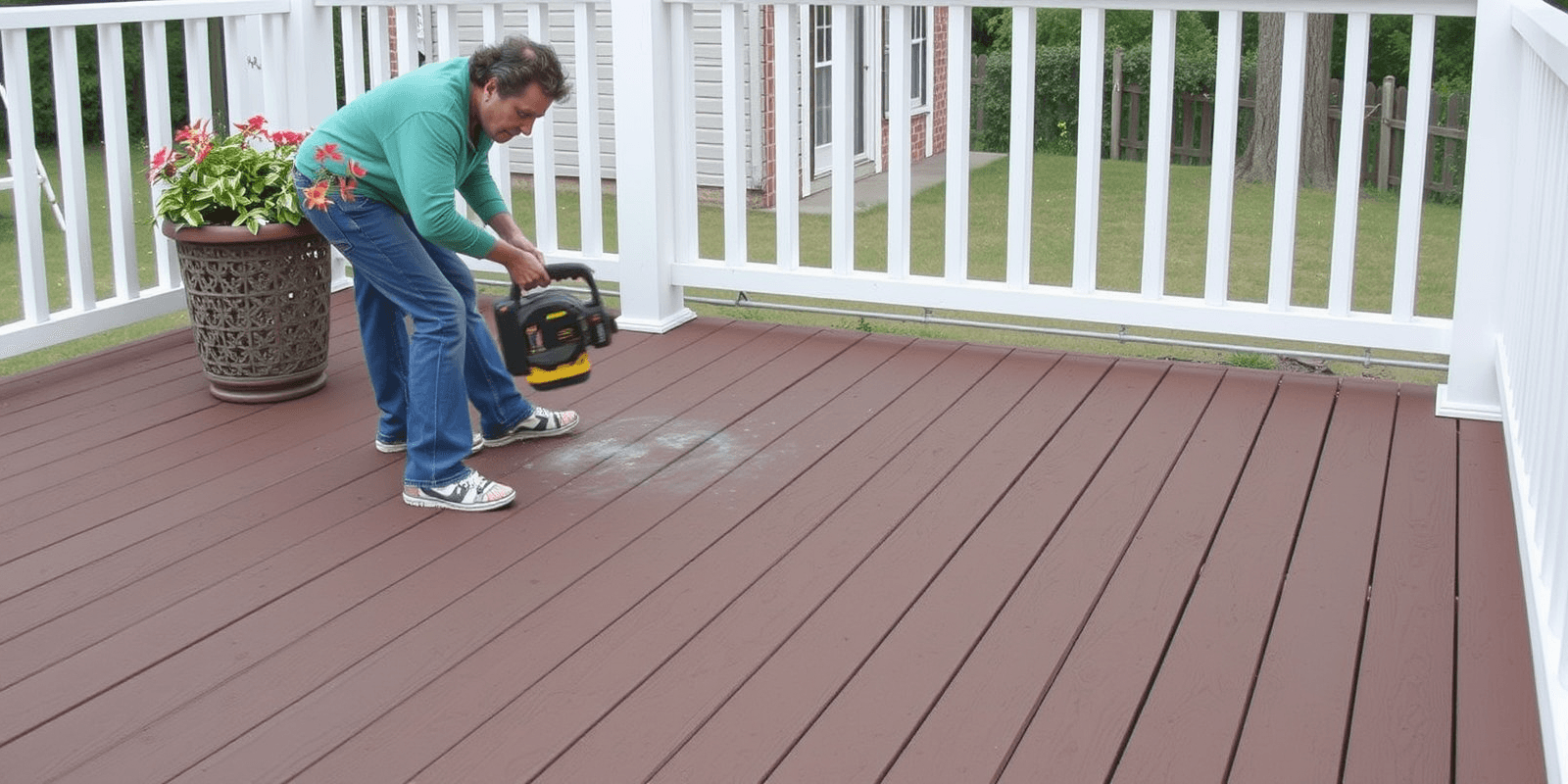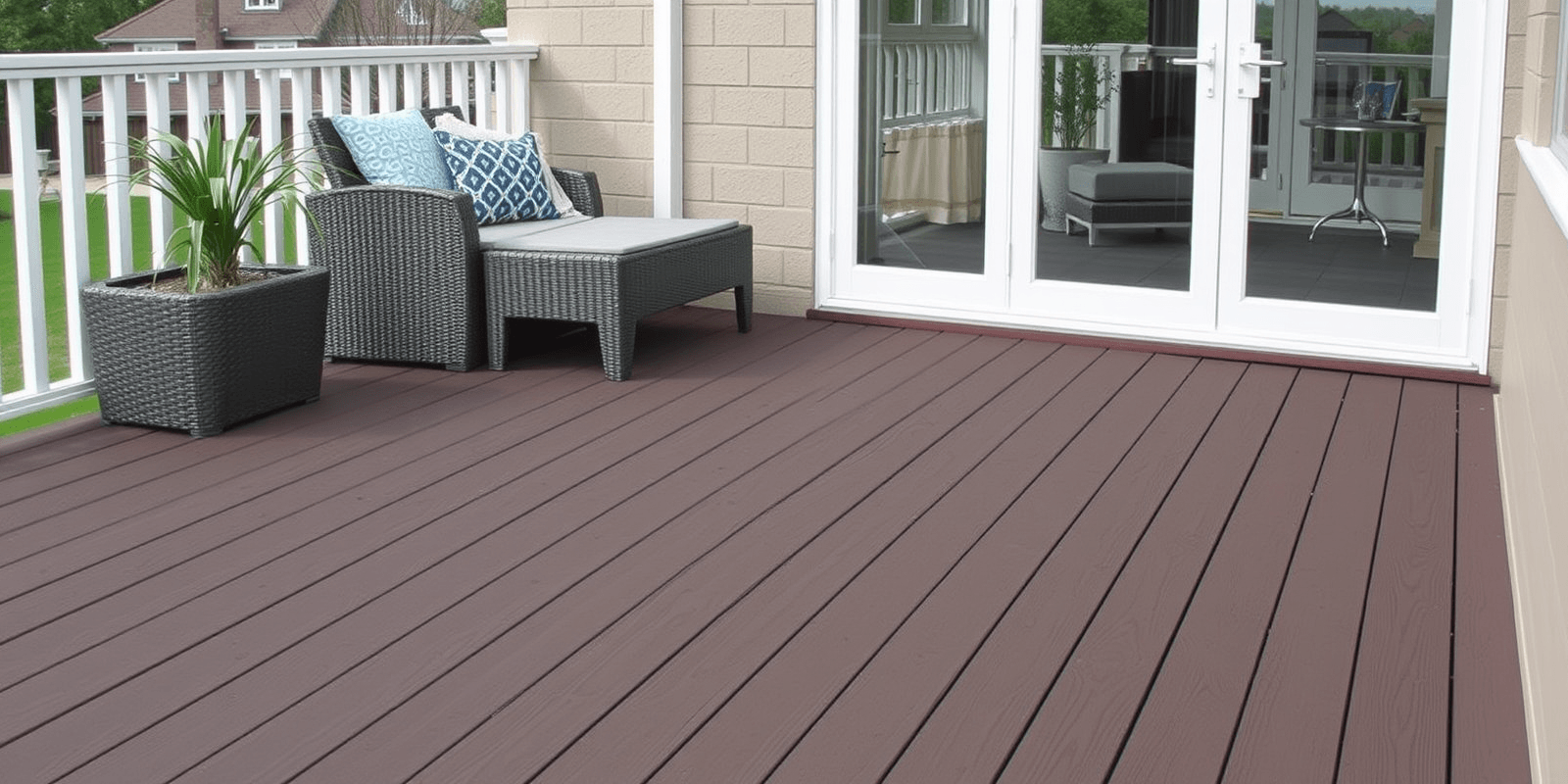“`html
What is Best for Cutting Composite Decking
Introduction
Composite decking has become a popular choice for outdoor living spaces due to its durability and low maintenance. However, cutting composite decking can be challenging as it requires specialized tools and techniques. This article will explore the most effective tools for cutting composite decking, including circular saws, jigsaws, and specialized tools. We will also provide tips on how to choose the right tool based on your project’s requirements and discuss important safety precautions.
Circular Saws: A Versatile Option
Circular saws are widely used for cutting composite decking because they offer versatility and precision. They can handle straight cuts efficiently, making them ideal for trimming edges or cutting boards to size. When using a circular saw, it is essential to use a blade specifically designed for cutting composite materials. These blades typically have more teeth than standard wood-cutting blades, which helps in achieving cleaner cuts with less splintering. For best results, ensure the blade is sharp and free from debris.
Jigsaws: Ideal for Curved Cuts
Jigsaws are another popular choice for cutting composite decking, especially when you need to make curved or intricate cuts. The key advantage of a jigsaw is its ability to maneuver around corners and create detailed designs. However, jigsaws can cause more splintering compared to circular saws. To minimize this issue, start by scoring the surface of the composite material with a utility knife before cutting. This technique helps to prevent the material from splintering during the cut.
Specialized Tools: Precision and Efficiency
For those looking for precision and efficiency, specialized tools like the Kreg Rip-Cut or the Festool plunge saw are excellent options. These tools are designed specifically for cutting composite materials and offer precise control over the cutting process. The Kreg Rip-Cut is particularly useful for ensuring straight cuts, while the Festool plunge saw combines accuracy with ease of use. These tools often come with additional features such as guides and depth settings that help achieve professional-looking results.
Choosing the Right Tool
The choice of tool largely depends on the specific requirements of your project. If you are working on a large area and need to make numerous straight cuts, a circular saw would be the most efficient option. For more intricate designs or curved cuts, a jigsaw is better suited. Specialized tools like the Kreg Rip-Cut or Festool plunge saw are ideal for projects where precision is crucial.
Consider the following factors when choosing a tool:
- Type of Cut: Straight or curved?
- Project Size: Small or large?
- Required Accuracy: High or moderate?
Safety Precautions
When cutting composite decking, it is crucial to prioritize safety. Always wear appropriate protective gear, including safety glasses, hearing protection, and gloves. Ensure the work area is well-lit and free from clutter. Use clamps or a vice to secure the material being cut, preventing it from moving unexpectedly. Additionally, maintain a clear workspace and keep bystanders at a safe distance.
References
For further reading on cutting composite decking, check out these resources:
“`



